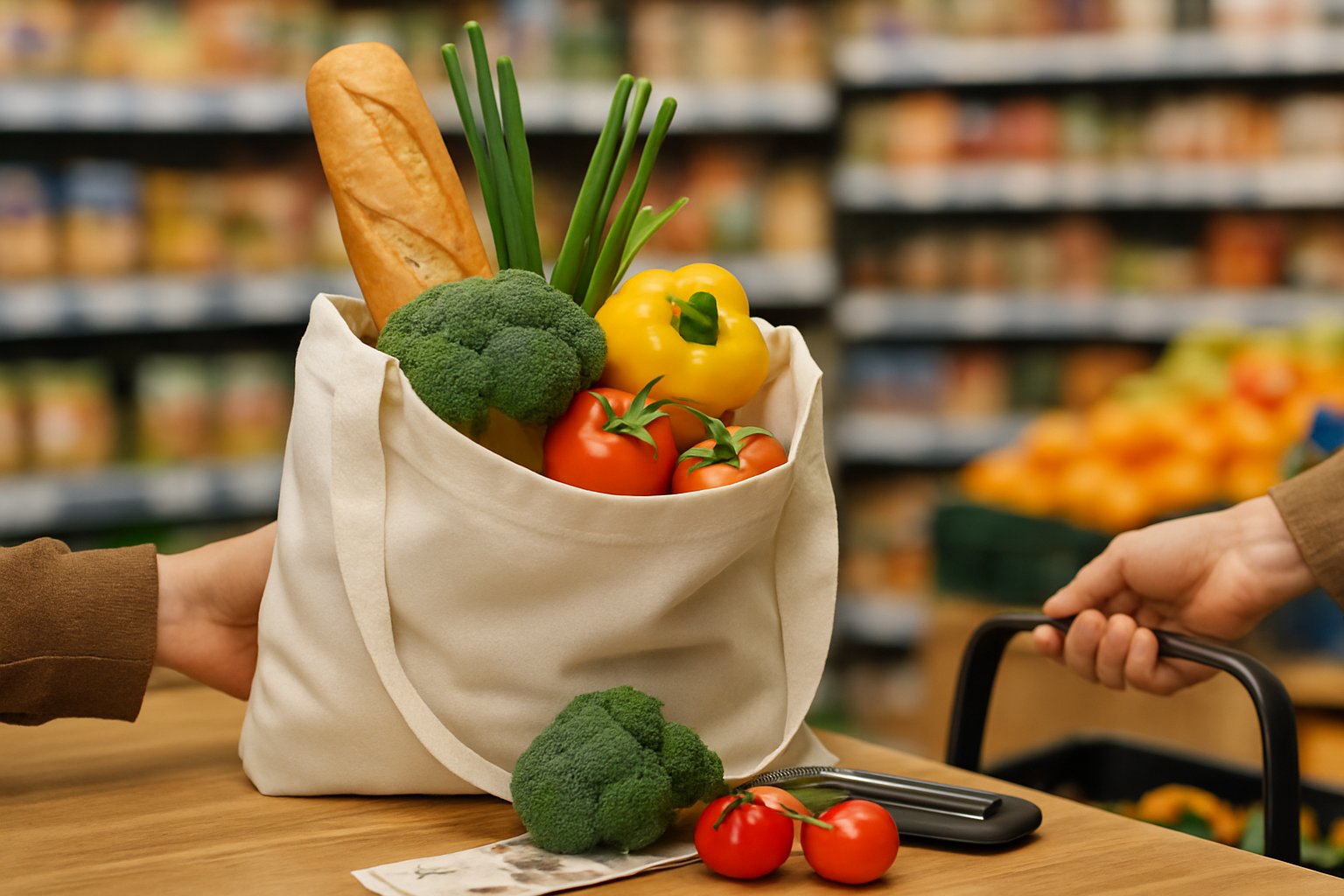Better Groceries, Lower Prices: See What Savvy Shoppers Do Differently
For most families, grocery bills quietly eat up more of the budget than expected. But saving money on groceries doesn’t have to mean cutting corners or settling for lower-quality food. The truth is, with the right strategies, you can eat well, feed your family confidently, and still protect your wallet.

Grocery Costs: Why They Seem Higher Than They Are
There’s a good reason it feels like groceries are more expensive now. According to the U.S. Bureau of Labor Statistics, food prices rose over 20% between 2021 and 2023, outpacing wage growth in many households.
But not all price increases are equal. Some of the cost is psychological: shoppers often buy based on habit rather than value. Many people think buying in bulk or choosing organic is always the better deal—but that’s not necessarily true. Stores know which labels make you feel like you're getting a bargain, even if you’re not. You might be spending more because of assumptions, not actual needs.
Quality Doesn’t Have to Mean Expensive
There’s a misconception that cheaper groceries mean lower nutrition. But quality doesn’t always correlate with price. Store-brand products are often made by the same manufacturers as national brands and meet the same safety and nutrition standards. For example, the FDA requires all packaged food to meet the same nutritional labeling guidelines, no matter the price.
You can also get high-quality produce by shopping seasonally and locally. Many grocery stores mark down fruits and vegetables nearing the end of their shelf life—still perfectly good, but no longer pristine. And don’t overlook frozen or canned alternatives. Flash-frozen vegetables, for instance, are often harvested at peak freshness and retain more nutrients than “fresh” produce that’s been sitting in transit for a week.
Strategic Shopping Saves More
There are real differences between a $150 shopping trip that lasts a week and one that only covers a few meals. What makes the difference? Planning and flexibility. Meal planning cuts down impulse buys and reduces food waste. A quick pantry check before heading out prevents you from buying duplicates. Comparing cost per ounce instead of sticker price helps avoid marketing traps, and loyalty programs or digital coupons can bring significant weekly savings when used smartly.
Common Mistakes That Cost More Than You Think
One of the biggest budget leaks is shopping while hungry. It might sound like a cliché, but studies show that hunger drives impulsive food purchases—especially on snacks, which are often marked up. Another mistake is over-relying on subscription delivery or online services that mark up groceries by as much as 10–30% for convenience. These fees add up fast and often go unnoticed.
Shoppers also fall into the trap of buying in bulk without a plan. Stocking up on items you won’t actually use before they expire is just throwing money away. And be cautious with “multi-buy” offers. If you weren’t going to buy three, you’re not saving money—you’re spending more.
Why Acting Early Saves You More Over Time
Building smart grocery habits today creates compounding benefits. Cutting your weekly grocery bill by $30 saves over $1,500 a year—without skipping meals or buying lower-quality food. The earlier you create a system that works for your lifestyle, the more savings stack up.
It also trains your eye to spot real value versus advertising noise. You’ll stop falling for “brand names = better” or “more expensive = healthier” myths. And over time, you’ll spend less time in the store, less money at checkout, and more time enjoying food that nourishes you.
You don’t need to become a coupon expert or live on rice and beans. You just need to shop with intention. Know what you need, know where to get it, and know what it’s actually worth.
Protect What Matters
You work hard for your money, and your grocery bill shouldn’t feel like a drain. With a few shifts in how you shop and what you prioritize, you can lower your food costs without compromising on health, taste, or variety. Keep your standards high and your strategy smarter—because good food and good savings should go hand in hand.
Sources
U.S. Bureau of Labor Statistics
FDA – Food Labeling & Nutrition
